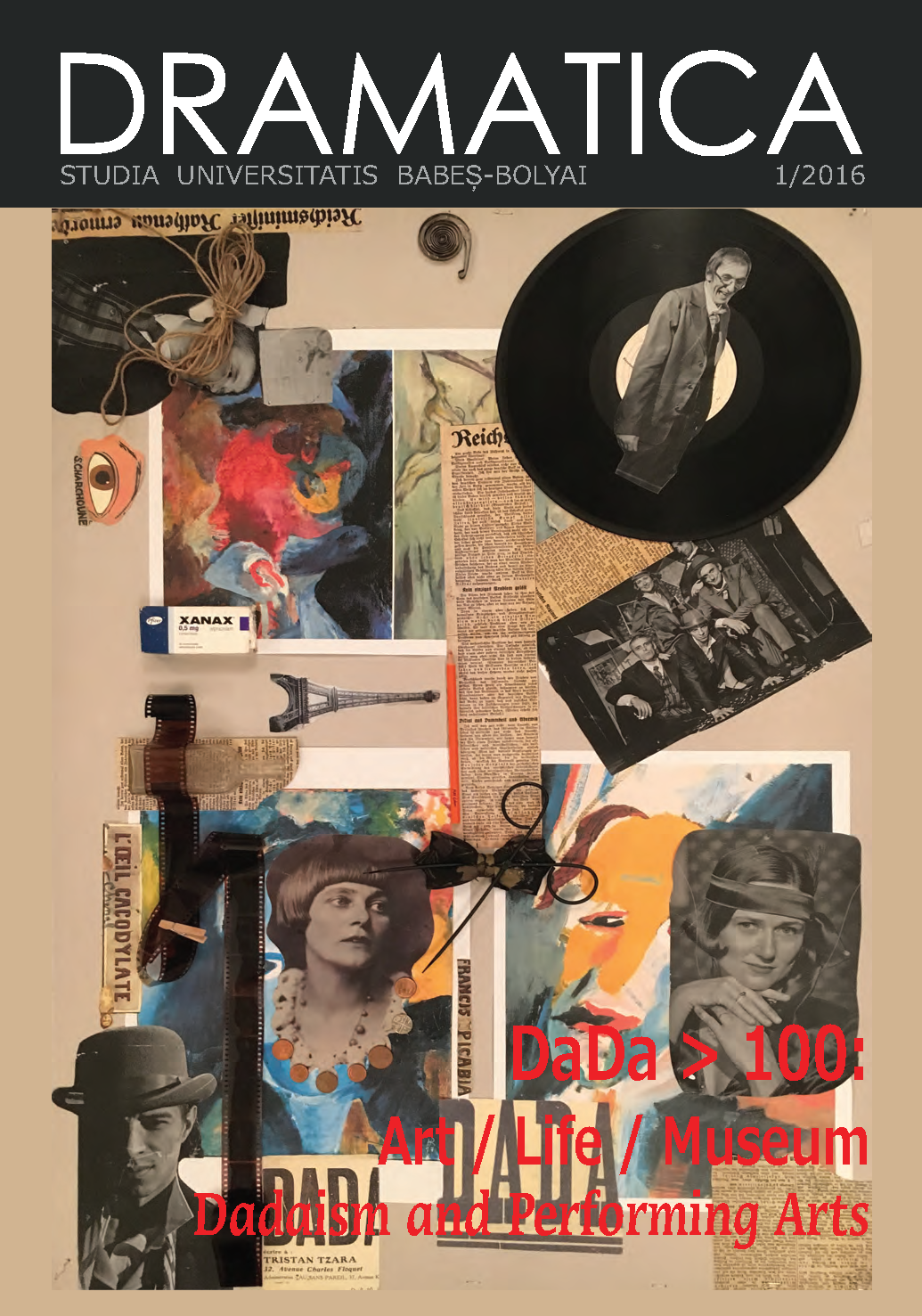The Legacy of Dadaism
Keywords:
Dadaism, Cabaret Voltaire, Revolutionary, Bourgeoisie, Surrealism, Postmodernism.Abstract
This paper aims to explore how Dadaism addressed many aspects of human nature that audiences were not accustomed to seeing – from corrupt leaders, to war, to examination of the self and its place in society and culture – and the results of that focus. We underline the importance of the historical context of World War I for the birth of Dadaism, but we mostly pay attention to the aesthetic dimensions of the cultural and sociopolitical debates which took place at that time.References
HEMUS Ruth. “Sex and Cabaret: Dada’s Dancers. Research Gate. 2007. Web. https://goo.gl/vGzVnv
KRAMER Hilton. “Moma Presents a Neglected Abstractionist.” Art View. New York Times. 1981. Web. http://goo.gl/VLskRd
MOMA Learning. “Dada.” World War I and Dada. MOMA. 2016. Web. www.moma.org/learn.
MOTHERWELL Robert. Dada Painters and Poets. Paperbacks in Art History. 2nd Revised Edition: Belknap Press.1989. Print.
STEFAN Olga. “Cabaret Voltaire: From Dada to Nietniet.” SwissNews. May 2010. Web. https://goo.gl/9hZeMF
STOPPARD Tom. Travesties. Grove Press. 1994. Print.
The Art Story Contributors. “Dada.” TheArtStory.org. 2016. Web. http://goo.gl/oSnQ9T
The International Dada Archive. “Muses.” Dada. The Red List. Web. http://goo.gl/M2v1fP
TZARA Tristan. “Dada Manifesto.”, Dadaism. 1918. Web. http://goo.gl/ovW3a5
TZARA Tristan. “Lecture on Dada.”, Dadaism. 1922. Web. http://goo.gl/POv0tK
TZARA Tristan. Seven Dada Manifestos and Lampisteries. Calder Publications. New York. Riverrun Press. 1992. Print.
Downloads
Published
How to Cite
Issue
Section
License
Copyright (c) 2016 Studia Universitatis Babeș-Bolyai Dramatica

This work is licensed under a Creative Commons Attribution-NonCommercial-NoDerivatives 4.0 International License.


